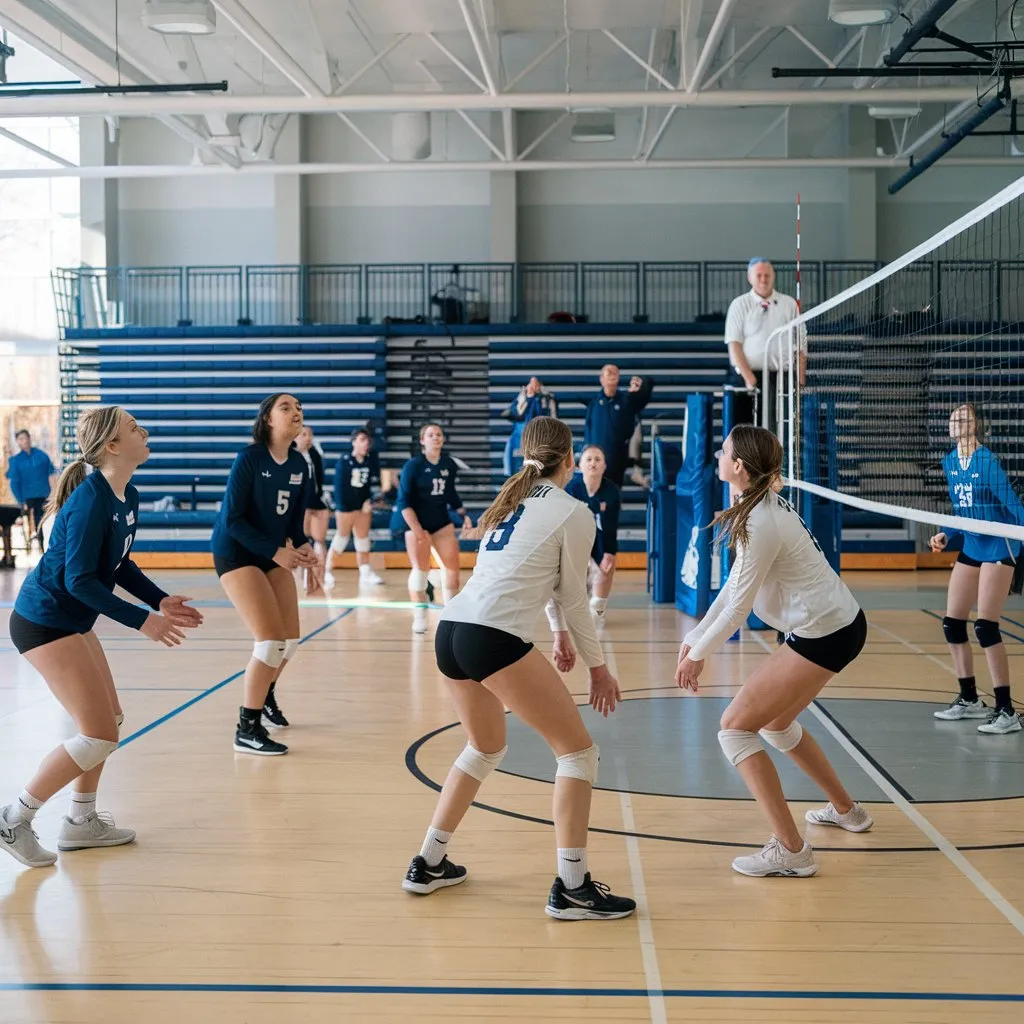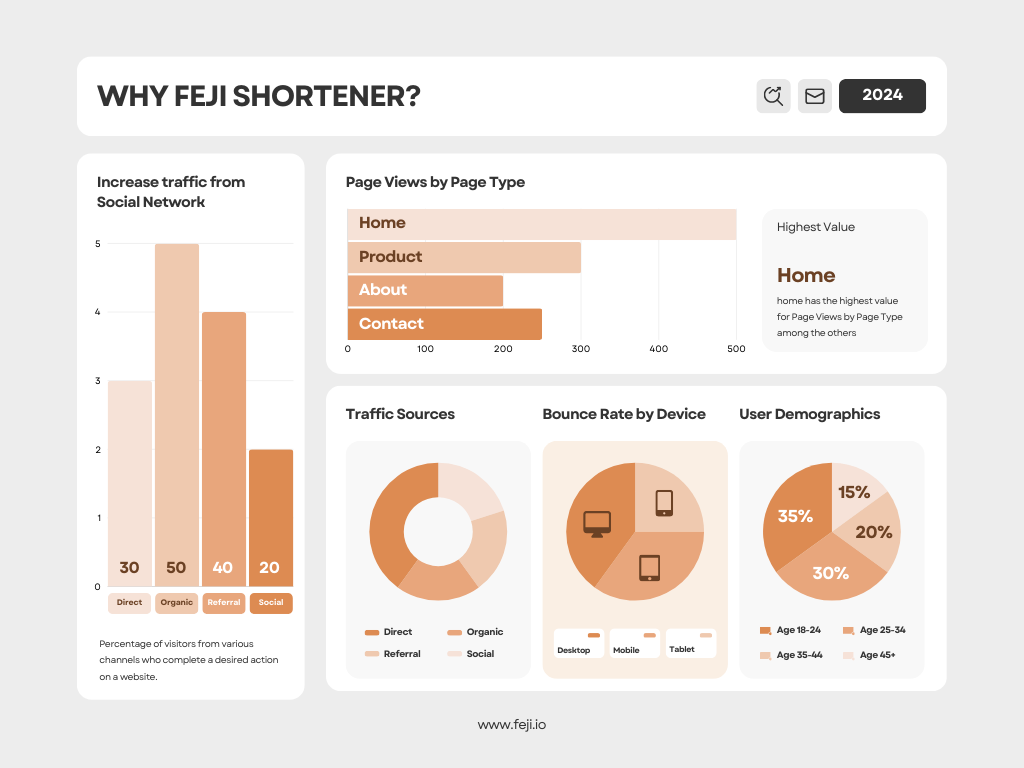Volleyball is a sport of strategy, teamwork, and precise positioning. To succeed, you need to understand not only the rules but also the roles of each position on the court. In this guide, we’ll break down volleyball positions and dive into some game strategies that every player should know.
Importance of Knowing Volleyball Positions
Why are positions so important in volleyball? Think of volleyball like chess. Each player has a specific role, and how well they perform that role can make or break the team’s success. Whether you’re an outside hitter spiking the ball, a setter directing the offense, or a libero diving for saves, understanding your position is the first step to mastering the game.
Playing the right position enhances team coordination and allows each player to focus on their strengths, contributing to the overall strategy and performance. But what do each of these positions really mean, and how do they fit into the game?

Setter: The Team's Quarterback
The setter is like the quarterback of a football team. They are responsible for deciding who will hit the ball and when. Their job is to take the second ball, position it perfectly, and set up their teammates for a spike.
Being a setter requires quick decision-making and great ball-handling skills. You need to know your teammates' strengths and anticipate the opponents' defense. Often considered the most mentally demanding position, setters must communicate well with their teammates to run smooth plays.
Key Responsibilities of a Setter:
- Setting the ball to outside hitters, middle blockers, or opposite hitters
- Calling offensive plays
- Ensuring smooth transitions between defense and offense
Outside Hitter: The Go-To Scorer
The outside hitter, also known as the left-side hitter, is often the team’s primary attacker. They are expected to deliver strong spikes from the front row and are usually the go-to option when the team needs a point.
What makes the outside hitter role special is the balance of offensive and defensive responsibilities. While they’re crucial for scoring, they also need to pass well when they’re in the back row. This makes outside hitters some of the most versatile players on the court.
Key Responsibilities of an Outside Hitter:
- Attacking from the front and back rows
- Supporting the defense with passes and digs
- Blocking opposing hitters at the net
Middle Blocker: The Wall of Defense
If you’ve ever seen a player leap high at the net to block a powerful spike, that was probably the middle blocker. The middle blocker is the primary line of defense against opponents’ attacks, and they specialize in stopping hitters with well-timed blocks.
Quick reflexes are essential in this position since middle blockers also contribute to offense with quick sets known as "quick attacks." The role requires both height and timing to be truly effective.
Key Responsibilities of a Middle Blocker:
- Blocking opposing hitters, especially the outside and opposite hitters
- Performing quick attacks or fast-paced offensive plays
- Reading the opponent's setter to anticipate plays
Libero: Defensive Specialist
One of the most unique positions in volleyball is the libero. Recognizable by their different-colored jersey, the libero is a defensive specialist and is not allowed to attack the ball above the net. Their main job is to receive serves and make incredible digs to keep the ball in play.
The libero’s role is highly specialized. They can substitute for any back-row player without prior notice to the referees, and they’re typically the best passers on the team.
Key Responsibilities of a Libero:
- Receiving serves and ensuring accurate passes to the setter
- Diving to save balls and keep the rally alive
- Playing consistently strong defense
Opposite Hitter: The All-Rounder
Opposite hitters, also called right-side hitters, are often considered the all-rounders of volleyball. Their role is to both attack and block, but unlike outside hitters, they’re positioned on the right side of the court. They need to perform well both in the front row and back row.
In addition to scoring points, opposite hitters are expected to provide solid defense, especially against the opponent’s outside hitter. Their balanced responsibilities make this position a key asset for any team.
Key Responsibilities of an Opposite Hitter:
- Attacking from the right side of the court
- Blocking the opponent’s outside hitter
- Providing defense in the back row when needed
Defensive Specialist: Backup to the Libero
Though often confused with the libero, a defensive specialist has a slightly different role. While the libero focuses mainly on receiving serves and making digs, a defensive specialist might come in to replace a front-row player and help with defense.
This position allows teams to rotate their players and ensure that their defense remains strong throughout the match.
Key Responsibilities of a Defensive Specialist:
- Replacing front-row players to strengthen defense
- Passing serves and digs to the setter
- Supporting the libero and other back-row players
Volleyball Game Strategies
Now that we’ve covered the key volleyball positions, it’s time to talk strategy. Whether you’re a setter, hitter, or libero, having a game plan can turn a good team into a great one.
1. Offensive Strategy: Volleyball is about more than just getting the ball over the net. Teams use various offensive strategies, like the "5-1" or "6-2" formations, to maximize their attacking options. The goal is to confuse the defense and create openings for a successful attack.
2. Defensive Strategy: A strong defense can win games. Teams often use man-to-man or zone defense strategies to cover the court effectively. The libero and defensive specialists are crucial in this, as they ensure no ball hits the floor.
3. Serving Strategy: Serving is often overlooked, but a good serve can make or break a game. Whether you’re serving aggressively to disrupt the opponent’s formation or using a strategic float serve, controlling the serve is key to maintaining momentum.

How to Choose the Best Position for You
Choosing the best volleyball position depends on your physical skills, playing style, and personal strengths.
- Height and Jumping Ability: If you’re tall with good jumping ability, you might excel as a middle blocker or outside hitter.
- Quick Reflexes and Ball Control: If you’re quick and have great ball control, consider becoming a libero or defensive specialist.
- Strategic Mind: If you enjoy directing plays and making quick decisions, the setter position might be perfect for you.
Remember, each position requires specific skills and has unique responsibilities. Experiment with different roles to find the one that suits you best.
Volleyball positions are the backbone of a successful game. Understanding each role, from setter to libero, is essential for both individual players and overall team success. Combine that knowledge with effective game strategies, and you'll be well on your way to dominating the court. Whether you're just starting out or looking to refine your skills, knowing the ins and outs of volleyball positions will give you a competitive edge.
FAQs
1. What is the hardest position in volleyball?
Many players consider the setter position the most challenging because it requires quick decision-making and high coordination with teammates.
2. Can a libero serve in volleyball?
Yes, in certain volleyball leagues, a libero can serve, but only in one rotation and under specific rules.
3. What position is the best for beginners in volleyball?
Outside hitter is often the best position for beginners as it allows them to experience both offense and defense.
4. How do I improve my blocking as a middle blocker?
To improve blocking, work on your timing, footwork, and reading the opposing setter’s plays during practice.
5. Can I switch positions in volleyball during a game?
Yes, players can switch positions between sets, but certain restrictions apply to positions like the libero, who can only play in the back row.

 Vietnamese
Vietnamese









Nguyen Hoai Thanh
Nguyen Hoai Thanh is the Founder and CEO of Metaconex. With 12 years of experience in developing websites, applications and digital media, Nguyen Hoai Thanh has many stories and experiences of success to share.